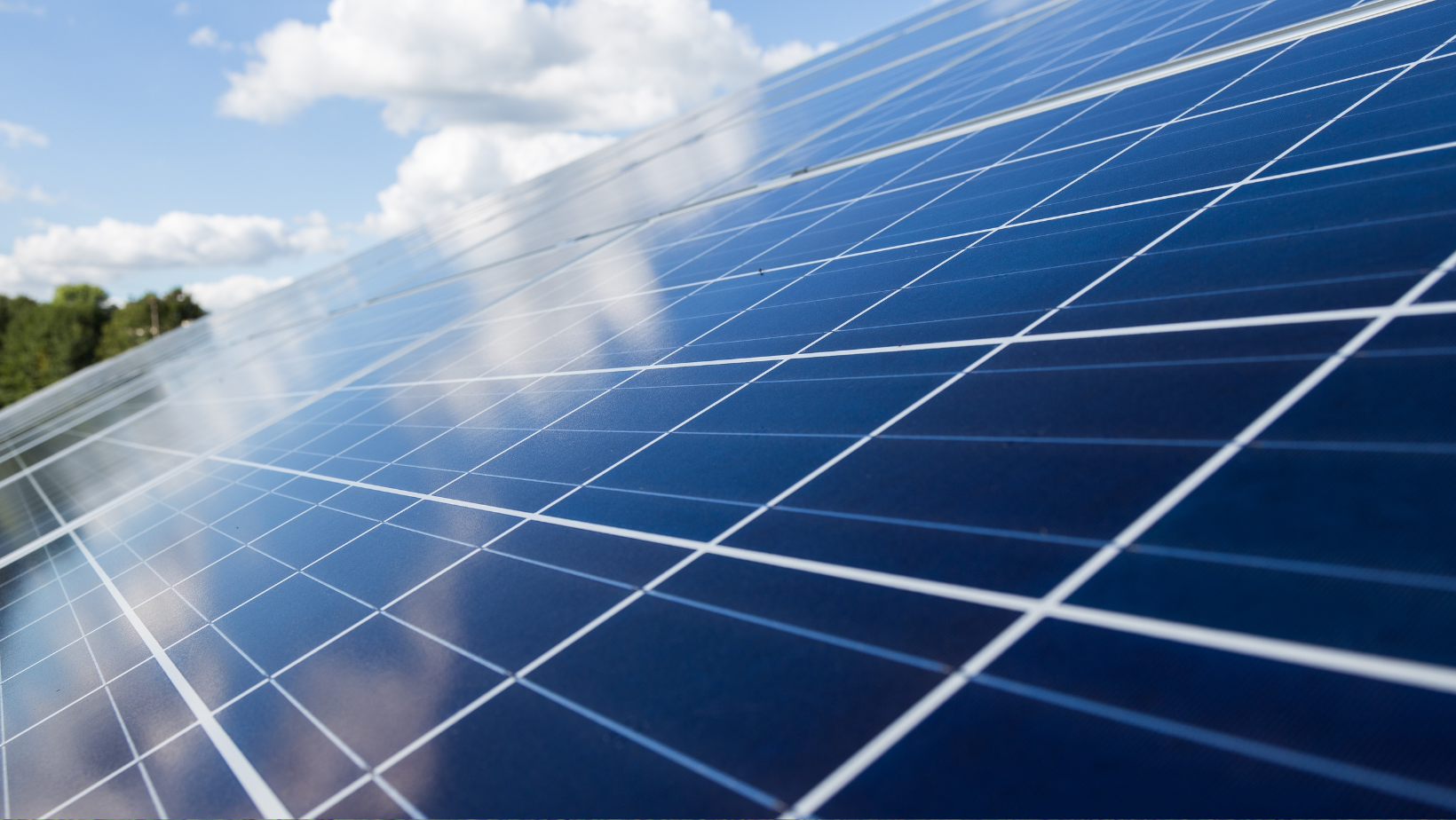
Vale makes great headway in achieving net zero
Published 24 May 2024
Update 31 May 2024: The Chair of CEAC has made the decision to postpone this meeting until after the election.
Vale of White Horse District Council is making great headway in its goal to achieve net zero and has so far seen a 47 per cent reduction in its carbon emissions since 2009/10.
The council set ambitious targets in 2019 of becoming a carbon neutral council by 2030 with a 75 per cent reduction in council carbon emissions by 2025.
A report going before Vale of White Horse District Council’s Climate Emergency Advisory Committee on 3 June 2024, sets out progress to date and options for the future – as well as considering challenges and barriers to achieving these goals.
The report under discussion sets out the great headway the council has made so far in reducing greenhouse gas emissions and moving towards its target of becoming net zero by 2030. The report also reflects the challenge of meeting an interim target of reducing greenhouse gas emissions by 75 per cent by 2025 within its own operations.
Cllr Bethia Thomas, leader of the Vale of White Horse District Council and climate lead said: “We make no apologies for being ambitious in our goals to reduce carbon emissions. Aiming high has helped us achieve as much as we have already. Within our own operations the energy-saving work planned at the leisure centres in Abingdon and Wantage in the next year alone will reduce the council’s carbon emission by more than a quarter.”
Great strides are being made in the leisure sector with the help of the government’s Public Sector Decarbonisation Scheme which funded or part-funded projects to reduce carbon emissions from public buildings. The council secured several millions of pounds to install solar panels, insulation and air source heat pumps at its leisure centres in Faringdon, Wantage and Abingdon. These projects aim to be completed by March 2025.
The council waste team purchased its first electric food waste truck which is due to arrive this summer. The rural nature of the district and the long waste collection routes are proving a challenge for larger electric vehicles such as refuse trucks. The council has applied for funding for a twelve-week trial of an Electric Refuse Collection Vehicle. In addition, up to six council vehicles are expected to transition to electric vehicles in 2024.
The council’s waste collection service and its leisure centres are together responsible for nearly 90 per cent of all the council’s carbon emissions and the council has focussed on making reductions in these two sectors. The council adopted a climate action plan which set out the steps needed to reach its own operational targets.
Cllr Thomas continued: “One of the major obstacles to the council achieving its target was the covid pandemic. As the country focussed on tackling covid, plans and staff were deployed away from environmental issues. There was also a complete stop on funding at that time which that could have enabled the council to deliver change faster.
“As far as the district target of 2045 is concerned, we have to face facts that the council does not have control over a large proportion of district-wide emissions and those planned reductions were also affected by the pandemic. Recent policy changes by national government have also slowed progress including the ban on the sale of new petrol and diesel cars now starting in 2035 instead of 2030 and the 100 per cent phase out of gas boilers by 2035 now changed to phasing out 80 per cent by 2035.”
A second report on Vale of White Horse’s target to be a carbon neutral district by 2045 will also be discussed. To reduce district-wide emissions requires a collective effort from local authorities, organisations and residents and progress will need to be ramped up significantly to meet this target.
The council is working with the other Oxfordshire authorities to help reduce district-wide emissions through work on a number of projects including the decarbonisation of buildings, local area energy planning and Electric Vehicle infrastructure.
Cllr Thomas concluded: “Moving forwards we know it is possible for the council to achieve net zero by 2030 and to keep on with our plans for the district to reach net zero too. It won’t be easy and it won’t be without risk of failure. But we do not have a choice on whether to tackle climate change and we certainly do not have the luxury of time. It is better to aim high while running the risk that we might not meet those goals than aim low and fail our residents completely.”
- Notes to editors
In 2019 the committee recommended the council set the ambitious target of making the council’s own operations carbon neutral by 2030 with a 75 per cent reduction in the council’s own carbon emissions by 2025. This was aligned with most of the other Oxfordshire councils which also set net zero targets of 2030 for their own operations.
The report being discussed by the council’s committee shows that the only way the council could make a 75 per cent reduction by 2025 is by buying carbon credits now for a significant annual cost, which is not recommended at this time. The report suggests the committee recognises the significant progress made in reducing carbon emissions and that it recommends that Cabinet agrees to retain its target of being a net zero council by 2030, but that the interim target for a 75 per cent reduction in emissions by 2025 is revised.
It also recommends that the committee recognises that the interim aspirational target of achieving a 75 per cent reduction in emissions for the whole district by 2030 cannot be met, but recommends that the Cabinet reaffirms its commitment to accelerating progress towards achieving an ambitious target of the whole district being net zero by 2045.

